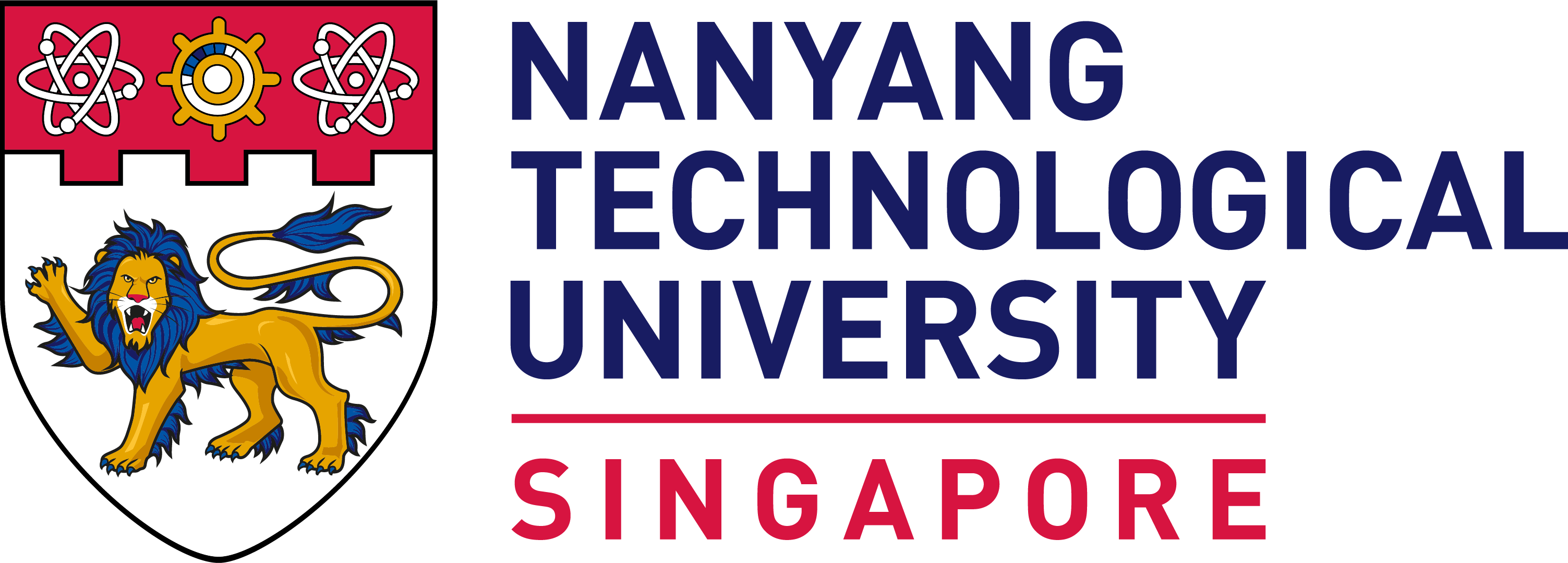Maps more than skin deep
NTU scientists led by Asst Prof Grzegorz Lisak of NTU’s School of Civil and Environmental Engineering have developed a portable device that maps the 3D features of skin.

The largest organ of the human body, the skin is the first line of defence against the external environment, including from injuries and infections. Assessing the severity of skin conditions and injuries, however, is typically subjective and done by simply eyeing the surface.
Now, NTU scientists led by Asst Prof Grzegorz Lisak of NTU’s School of Civil and Environmental Engineering have developed a portable device that can map the surface texture of skin in a matter of minutes. Their device includes a special gold-coated film, which, when pressed onto a patient’s skin, obtains an imprint of the skin. In a second step, the skin imprint is fixed to the film with the help of an electrolyte solution and an electric charge. This creates a three-dimensional map that reflects the ridges and grooves of the patient’s skin.
Using pig skin as a model, the researchers were able to map injuries such as cuts and abrasions. According to the scientists, the device could also be used to monitor skin processes such as wound healing and ageing, and even help to differentiate between similar fingerprints.
The study “Diagnostics of skin features through 3D skin mapping based on electro-controlled deposition of conducting polymers onto metal-sebum modified surfaces and their possible applications in skin treatment” was published in Analytica Chimica Acta (2021), DOI: 10.1016/j.aca.2020.10.056. You can watch a video on the research here: bit.ly/3Dskinmap.
The article appeared first in NTU's research & innovation magazine Pushing Frontiers (issue #19, August 2021).














/enri-thumbnails/careeropportunities1f0caf1c-a12d-479c-be7c-3c04e085c617.tmb-mega-menu.jpg?Culture=en&sfvrsn=d7261e3b_1)

/cradle-thumbnails/research-capabilities1516d0ba63aa44f0b4ee77a8c05263b2.tmb-mega-menu.jpg?Culture=en&sfvrsn=1bc94f8_1)


.tmb-listing.jpg?Culture=en&sfvrsn=29c7e020_1)
.tmb-listing.jpg?Culture=en&sfvrsn=55153609_1)


